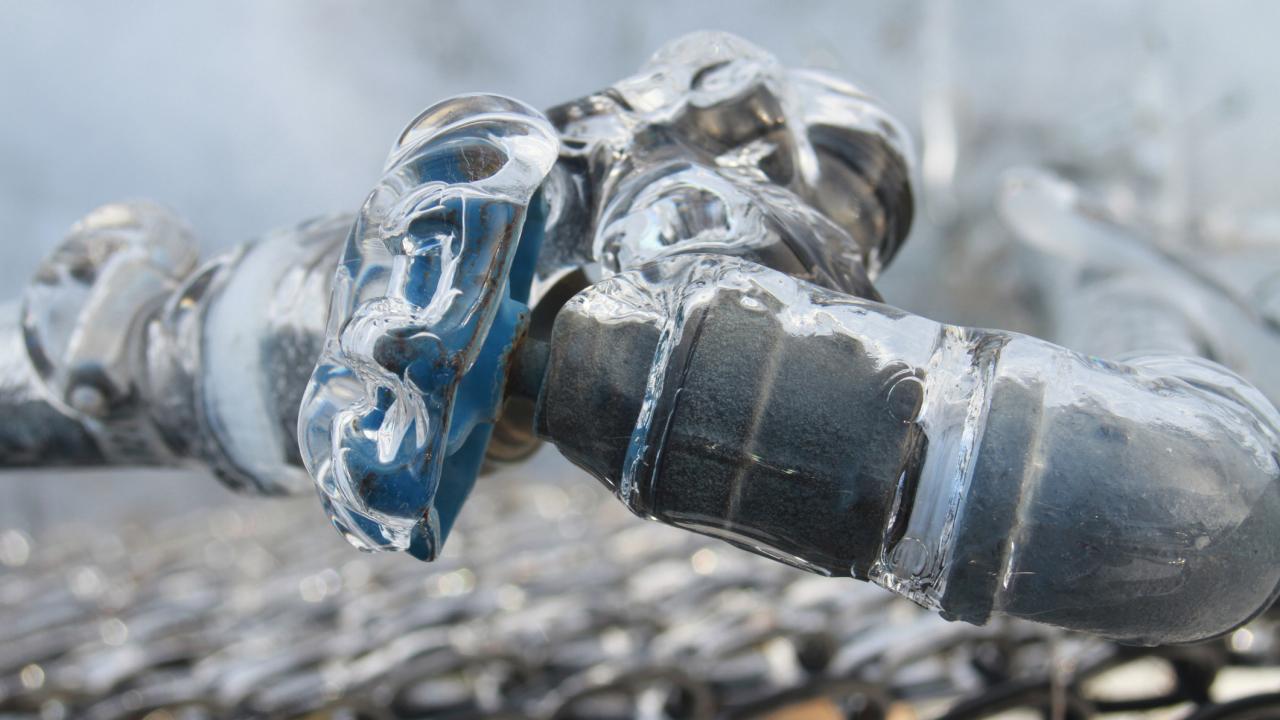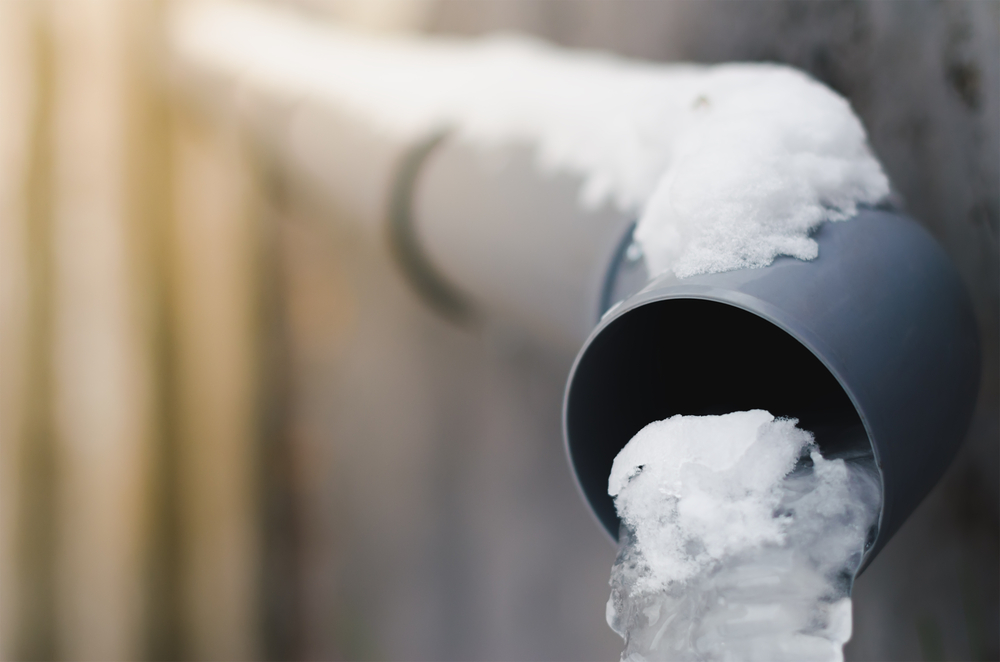Tips to Safeguard Your Pipes from Cold Weather: Professional Guidance
Tips to Safeguard Your Pipes from Cold Weather: Professional Guidance
Blog Article
We have come across this great article relating to How to Prevent Your Pipes From Freezing directly below on the internet and think it made perfect sense to share it with you on this page.

Cold weather can damage your plumbing, especially by freezing pipelines. Below's just how to stop it from taking place and what to do if it does.
Intro
As temperature levels decline, the threat of icy pipes increases, potentially leading to pricey fixings and water damages. Comprehending how to prevent icy pipes is essential for house owners in cold environments.
Comprehending Frozen Pipes
What creates pipes to ice up?
Pipes ice up when exposed to temperatures listed below 32 ° F (0 ° C) for extended durations. As water inside the pipelines freezes, it broadens, taxing the pipe walls and possibly causing them to rupture.
Threats and problems
Icy pipelines can cause water system interruptions, home damages, and expensive fixings. Ruptured pipes can flood homes and create comprehensive architectural damages.
Indicators of Frozen Piping
Determining frozen pipelines early can stop them from breaking.
Just how to recognize icy pipes
Search for decreased water circulation from taps, unusual smells or sounds from pipes, and noticeable frost on revealed pipes.
Avoidance Tips
Shielding susceptible pipelines
Wrap pipes in insulation sleeves or utilize heat tape to shield them from freezing temperatures. Concentrate on pipes in unheated or external areas of the home.
Home heating techniques
Maintain indoor areas properly warmed, especially areas with pipes. Open up cabinet doors to enable cozy air to circulate around pipes under sinks.
Securing Exterior Plumbing
Garden hose pipes and outside taps
Separate and drain pipes garden pipes before wintertime. Mount frost-proof spigots or cover outdoor faucets with insulated caps.
What to Do If Your Pipelines Freeze
Immediate actions to take
If you believe frozen pipes, keep taps open to soothe stress as the ice melts. Utilize a hairdryer or towels soaked in hot water to thaw pipelines gradually.
Long-Term Solutions
Architectural changes
Take into consideration rerouting pipelines away from exterior wall surfaces or unheated locations. Add extra insulation to attic rooms, basements, and crawl spaces.
Updating insulation
Purchase premium insulation for pipes, attic rooms, and walls. Appropriate insulation helps preserve consistent temperatures and reduces the danger of icy pipes.
Verdict
Avoiding icy pipelines requires positive actions and quick reactions. By recognizing the reasons, signs, and preventive measures, home owners can protect their plumbing during winter.
6 Proven Ways to Prevent Frozen Pipes and Protect Your Home
Disconnect and Drain Garden Hoses
Before winter arrives, start by disconnecting your garden hoses and draining any remaining water. Close the shut-off valves that supply outdoor hose bibs and leave the outdoor faucet open to allow any residual water to drain. For extra protection, consider using faucet covers throughout the colder months. It’s also important to drain water from any sprinkler supply lines following the manufacturer’s directions.
Insulate Exposed Pipes
Insulating your pipes is an effective way to prevent freezing. Pipe insulation is readily available at home improvement stores and is relatively inexpensive. Pay close attention to pipes in unheated areas such as the attic, basement, crawl spaces, or garage. Apply foam insulation generously to create a buffer against the cold. You can also wrap your pipes in heat tape or thermostat-controlled heat cables for added warmth.
Seal Air Leaks
Inspect your home for any cracks or openings that could let in cold air. Seal any holes around the piping in interior or exterior walls, as well as the sill plates where your home rests on its foundation. Additionally, make sure to keep your garage door closed unless you’re entering or exiting. Leaving it open creates a significant air leak that can lead to frozen pipes.
Allow Warm Air Circulation
During cold snaps, it’s essential to allow warm air to circulate evenly throughout your home. Leave interior doors ajar to promote better airflow. Open kitchen and bathroom cabinets to help distribute heat consistently around the rooms. If you have small children or pets, be sure to remove any household chemicals or potentially harmful cleaners from open cabinets for safety.
Let Faucets Drip
A small trickle of water can make a big difference in preventing ice formation inside your pipes. When temperatures drop significantly, start a drip of water from all faucets served by exposed pipes. This continuous flow helps prevent the water from freezing. Additionally, running a few faucets slightly can relieve pressure inside the pipes, reducing the chances of a rupture if the water inside does freeze.
https://choateshvac.com/6-proven-ways-to-prevent-frozen-pipes-and-protect-your-home/

I came across that entry about Prevent Frozen Pipes while doing a search on the internet. I beg you take the opportunity to distribute this content if you enjoyed it. Thank you so much for going through it.
Call Today Report this page